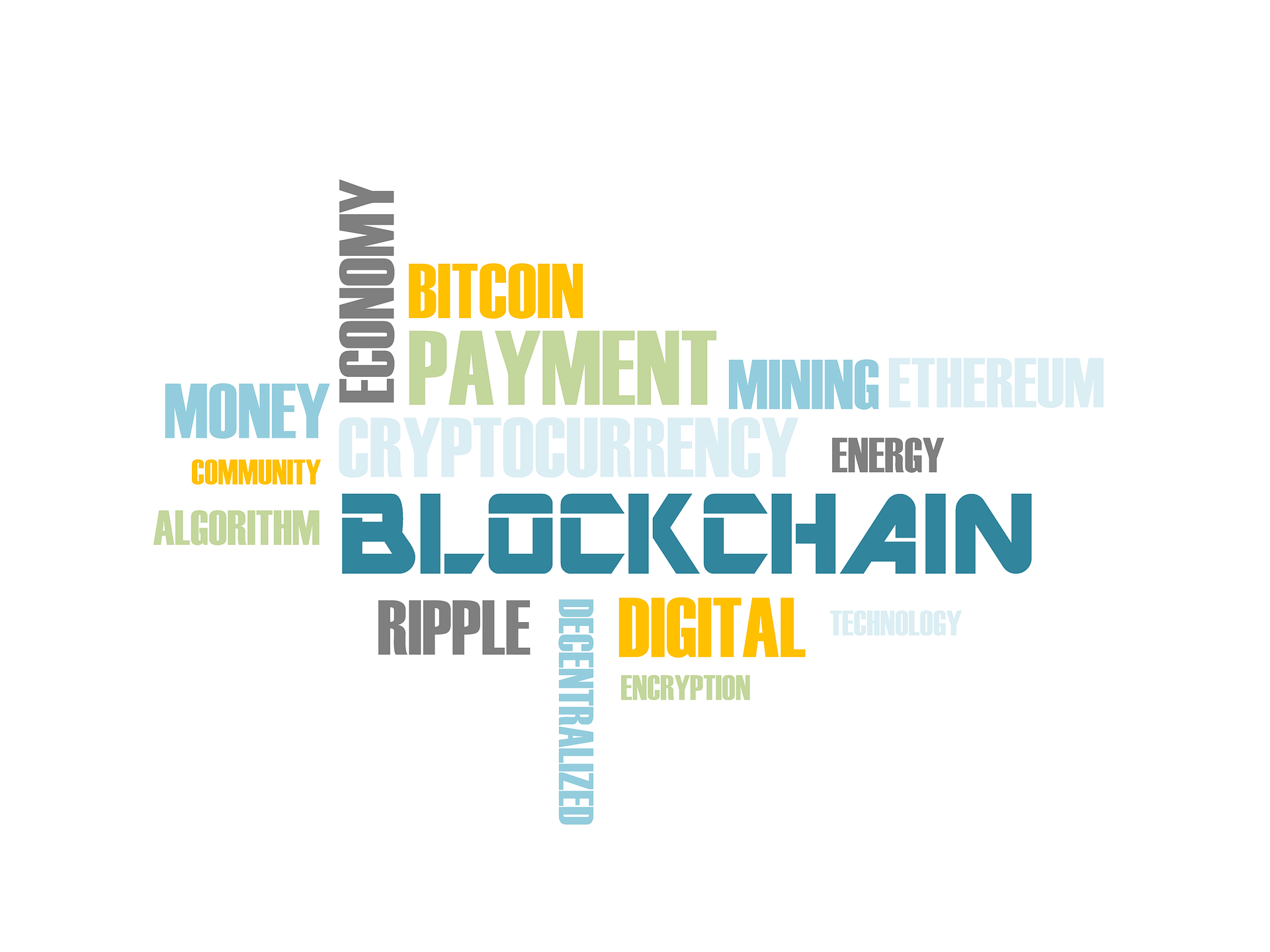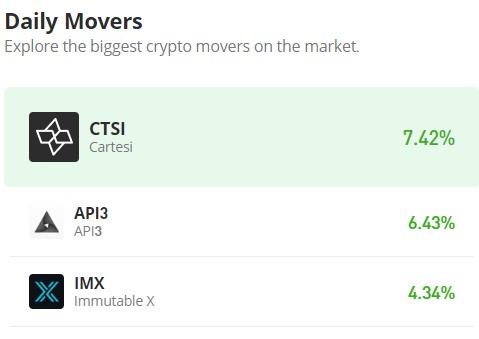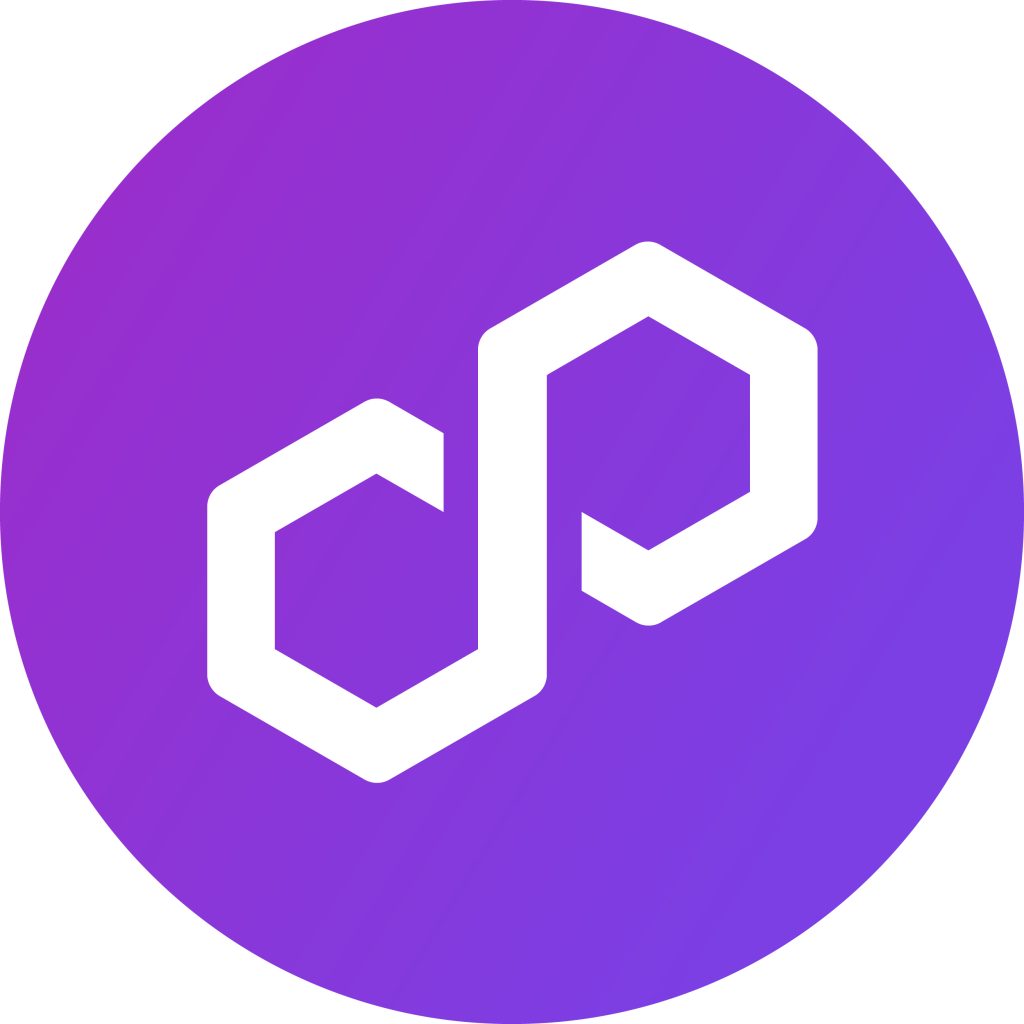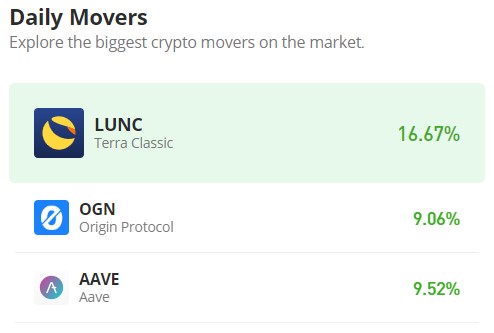The Difference Between Layer 1 and Layer 2 Blockchain
Don’t invest unless you’re prepared to lose all the money you invest. This is a high-risk investment and you are unlikely to be protected if something goes wrong. Take 2 minutes to learn more


Free Crypto Signals Channel
The throughput of a blockchain network is the speed at which its ability to process transactions or contracts. This is mostly measured in transactions per second (TPS) and at times measured in minutes or hours. Decentralized mainstream blockchain networks currently face the challenge of a rising number of users which translates to increased demand for higher processing speeds, as known as scalability. In a bid to meet these scalability concerns, layer 1 and layer 2 solutions emerged.
Blockchain Scalability Concerns
Blockchain networks are greatly decentralized, this means that the distributed data must achieve consensus amongst the network participants (nodes) for the network to function. This makes blockchain networks generally very secure and protected from attacks. The more the number of nodes, the longer it takes for transaction verification (a lower throughput).
However, this is in contrast to more traditional systems that have centralized governance and currently handle more transactions per second way ahead of blockchain networks.
This is what is referred to as the Blockchain Trilemma – the balancing act between network security, decentralization and scalability. In simple terms, a highly centralized network will make the network easily scalable as there are few nodes for confirming and verifying a transaction, however, this also means that the network security is low.
These scaling solutions are categorized into Layer 1 and Layer 2 solutions.
Scaling Solutions
Layer-1 is the main structure of a blockchain network while Layer-2 is a secondary protocol combination used with a Layer-1 blockchain. Layer-1 solutions change the blockchain protocol to improve scalability. This is normally done by the project’s development team. On the other hand, Layer-2 solutions decongest Layer-1 networks to improve scalability.
Layer-1 Scaling Solutions
The following methods are ways Layer-1 solutions are being implemented
A. Modifying Block Sizes
This involves increasing each block’s data load or multiplying the speed confirmation that takes place in the blocks.
B. Consensus Mechanism Upgrade
This involves changing the consensus protocol from Proof of Work (POW) to Proof-of-Stake (POS). POS systems resolve contracts relying on the participant’s stake in the network. The Ethereum Network is planning an upgrade from POW to POS with EHT 2.0 upgrade.
C. Sharding
The network is broken into bits known as shards. These shards each resolve contracts in parallel, sharing balances, and addresses between each other and sending transaction evidence to the mainchain. Asides from ETH 2.0, Tezos, Qtum and Zilliqa are exploring sharding solutions for scalability in their network.
Layer-2 Scaling Solutions
The following methods are ways Layer-2 solutions are being categorized
A. Rollup – as the name suggests, they roll up and process various secondary chain contracts and register them on Layer-1 for permanent recording.
B. State Channels – makes use of a 2-way communication channel without supplying contracts to miners. Bitcoin’s Lightning Network, Ethereum’s Raiden Network, Celer, etc make use of this Layer-2 solution.
C. Nested Blockchains – works in a parent-child relationship. Here, Layer-2 executes the contracts while Layer-1 records and confirms the contracts. Ethereum’s OMG Plasma Network is an example of this solution.
D. Sidechains – they operate on a separate consensus protocol, upgradable for scalability purposes, different from the main chain. This thus allows the mainchain to focus on general security, dispute resolution and recording of processed contracts. Sidechains are mostly used for large volumes of contracts.
Conclusion
As blockchain networks increase in popularity globally, Layer-1 and Layer-2 solutions or even a combination of both by blockchain networks are solution approaches to ensure improved scalability and sufficient security or decentralization. Its adaptation for daily transactions puts the need for scalability solutions at an all-time high need in the earnest.
You can purchase Lucky Block here. Buy LBLOCK



